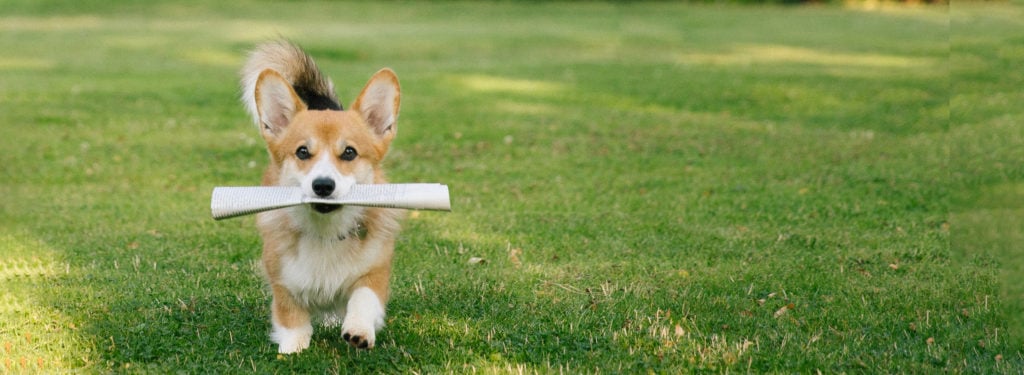Believe it or not? What comes to mind? Probably Ripley’s Believe It or Not! — a collection of the weird, wild, and wonderfully unbelievable.
Meet Ripley: The King of the Bizarre
Robert Ripley was a cartoonist, explorer, and amateur anthropologist who turned curiosity into a global brand. Born in 1890, he started as a sports cartoonist but gained fame in 1918 with his first Believe It or Not! cartoon. By the 1930s, Ripley had a syndicated column, hit radio show, and short films. He gathered the unbelievable from across the globe, letting readers marvel — and decide for themselves.
Some of his most jaw-dropping finds?
- James Bartley, who claimed he survived being swallowed by a whale
- A Texas woman who sneezed daily for 978 days
- The girl who said she had X-ray vision and could see through objects
Bizarre? Absolutely. Dangerous? Not at all.
When Strange Turns Serious
Unlike Ripley’s oddities, today’s unbelievable health claims — like fake wellness products or vaccine conspiracies — can do real harm. What sounds like curiosity can lead to misinformation and risky decisions.
A popular phrase tied to this is “Do your own research.” It sounds wise but often sends people down online rabbit holes filled with misinformation.
That phrase gained traction in conspiracy circles thanks to Milton William “Bill” Cooper, a radio host and anti-government activist. He urged listeners to reject official sources and “do your own research”—but not in the scientific sense. The phrase often pushes people toward confirmation bias, not clarity.
What Real Research Looks Like
Real research isn’t a quick Google search. It means reviewing peer-reviewed studies, understanding statistics, and evaluating evidence with care. Internet algorithms prioritize popularity, not accuracy — so viral falsehoods rise to the top while solid science is buried.
It’s getting even harder to know what’s real. AI tools can now clone voices, generate fake videos, and even write phony research papers that look legitimate. One study showed that AI could produce fake scientific articles so convincing that only experts could spot the flaws. As deepfakes and AI-generated content spread, even savvy viewers can be fooled.
Stay Curious—And Careful
So how do you stay open-minded without being misled?
- Check who’s making the claim and their credentials
- Look for peer-reviewed, credible sources
- Follow expert consensus, not viral trends
- Question the motive behind the message
- Be wary of video or audio that feels “too perfect”
Ripley inspired millions to marvel at the unbelievable. But when it comes to your health, it’s better to believe in facts.
Curiosity is powerful. So is truth. Use both.
Happy reading,
Suzanne Daniels
- News Watch: CDC changes Kennedy’s vaccine guidance, hitting snooze, and the Affordable Care Act under threat.
- Change-Up: AI listening in the exam room, MAHA report errors on repeat, weight-loss drug cost outlook.
- Truth Be Told: patient’s pain dismissed, healthy food shelf life myth, and ministroke consequences.
- Believe It Or …: including my personal favorite, Would You Wear a Wedding Dress Made of Disposable Paper?
News Watch
New York Times
C.D.C. Contradicts Kennedy and Keeps Advice That Children May Get Covid Shots
HealthDay
Reaching For The Snooze Button? You’re Not Alone
Axios
How the GOP megabill may roll back the Affordable Care Act
Change-Up
Wall Street Journal
Why AI May Be Listening In on Your Next Doctor’s Appointment
Notus
The MAHA Report Has Been Updated With Fresh Errors
Wall Street Journal
What’s the Price Outlook for Weight-Loss Drugs?
Truth Be Told
The Conversation
When doctors don’t believe their patients’ pain – experts explain the all-too-common experience of medical gaslighting
Wall Street Journal
The Healthier the Food, the Faster It Goes Bad. Or So People Think.
Believe It Or …
New York Times
They Inhaled a Gas and Scaled Everest in Days. Is It the Future of Mountaineering?
Gizmodo
Your Pruney Fingers After a Bath Always Wrinkle the Same Way, Study Reveals
Smithsonian Magazine
Would You Wear a Wedding Dress Made of Disposable Paper?
Enjoy the weekend!
Best,
Suzanne
Suzanne Daniels, Ph.D.
AEPC President
P.O. Box 1416
Birmingham, MI 48012
Office: (248) 792-2187
Email: [email protected]

News you can trust



